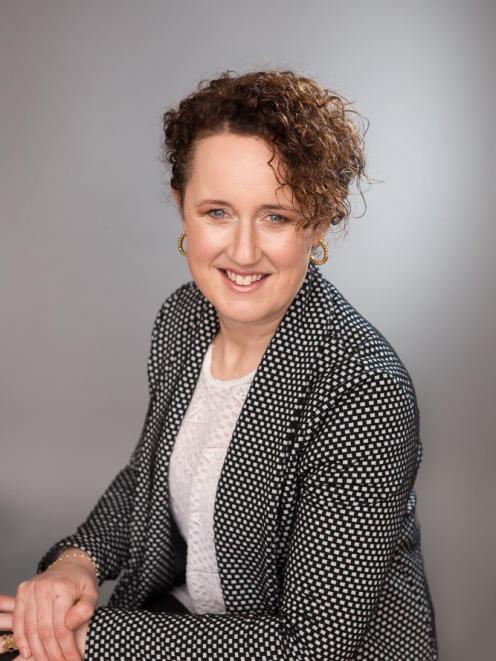
Synonyms include "harmony" and "solidarity". It sounds like the ideal to aim for when getting a group to make a decision. However, it often takes a lot of time for everyone to agree. Sometimes, it is impossible to achieve.
That’s why many groups, such as boards and committees, choose to make decisions by majority vote. Often only a simple majority (over 50% of votes) is needed. For significant decisions a special majority (over 75% of votes) may be needed.
If this is the case in your group, and that group is a charitable trust, you need to look out for the Trusts Act 2019. This new Act takes effect on 31 January 2021.
It brings about many changes; the one this discussion focuses on is the rule (under section 38) that, unless your trust deed says otherwise, all decisions made by the trustees must be unanimous. That means all trustees must agree before a charitable trust can decide to do, or not to do, something.
If you are a trustee on a charitable trust and you usually make decisions based on what the majority of trustees want, you need to check that the trust deed says you can. If it does not, then any decision your committee or board makes without the support of all trustees is not valid.
Whether that is a bad thing or not is a matter of what suits the culture of your charitable trust. As a group, can you come to a consensus easily? If you are all genuinely aligned with a unity of purpose and have an open and respectful way of holding discussions, then the answer to this question should be "yes".
If the answer is "no", then you should consider why. Are there misunderstandings that have not been resolved? Are there new trustees who have different views from longer-serving trustees? Does the trust need to adapt to new circumstances which some are finding harder to accept than others?
Decisions made by consensus build trust among a group and create commitment. With 100% agreement, a group can move forward with confidence that there will be no disagreements to stop progress. However, consensus decision-making can also cause a group to agree to the lowest common denominator — a decision that satisfies the trustees’ need to agree, but is not optimal for the charitable trust. This is called "Groupthink".
Groupthink was first described by research psychologist Irving Janis. He believed it can cause bad decisions because:
■ Decision-makers do not consider their own beliefs and they ignore warning signs.
■ Self-censorship causes decision-makers who might have doubts to hide their fears.
■ People hide problematic information from the group.
■ Illusions of unanimity lead decision-makers to believe that everyone is in agreement and feels the same way.
■ Direct pressure to conform is often placed on group members who pose questions, and those who question the group are seen as disloyal.
Here are steps your group can take to avoid "Groupthink":
1. Convene a meeting specifically to discuss the matter being decided on. This will mean you can focus on it and not be distracted by business as usual.
2. Ask everyone in the group to evaluate ideas critically before they come to the meeting. If you have the privilege of being a decision-maker for a group, with that comes the responsibility of taking decisions seriously. Trustees under the Trusts Act 2019 have many duties which they need to consider when doing this, including exercising a degree of care and skill that is reasonable in the circumstances.
3. At the meeting, give everyone a chance to contribute. You could outline certain rules you would like decision-makers to follow, such as only one person speaks at a time and that the chairperson chooses who speaks next. It is a very good idea if the chairperson keeps his or her opinion to herself, at least until the other decision-makers have given their views. A common feature of groupthink is individuals following their leader without thinking for themselves.
4. Thoroughly examine all alternatives and compare them against the purpose of your group. Each charitable trust exists to further a purpose (as set out in its Trust Deed). Ask questions of the group like "How does each alternative support the trust’s purpose? What are the risks of doing it and not doing it?"
5. Get an outsider’s perspective. You may find it faster and easier if you ask a facilitator to run this meeting. This will let your chairperson sit back and participate in the discussion. Facilitators provide a refreshing change to group dynamics. If they are experts, you can also ask for their opinions so that the group can learn from their wisdom.
While consensus-based decisions are the ideal, it is sensible to have a tie-breaker to fall back on if despite all your best efforts a unanimous decision cannot be reached.
To get the best of both approaches, I recommend having a two-step process for decisions (especially for significant ones). Broadly speaking, first a group should aim for consensus. But if not everyone cannot agree at a first meeting, a follow-up one should be held at which a majority can decide. For a charitable trust to be allowed to make decisions this way (or any way that does not require a unanimous decision), that process must be written into its trust deed.
Martin Luther King said "a genuine leader is not a searcher for consensus, but a moulder of consensus". Consensus can strengthen the connection and capitalise on the diversity of thought in your group, provided it is built consciously by using the steps outlined above.
(As a general comment, if you are on the committee or board of any not-for-profit organisation, I recommend you check if it is a charitable trust. If it is, get advice on whether its Trust Deed and how you run the trust needs updating in light of the new Act.)
■ Kate Hesson is director of Hesson Consultancy.












